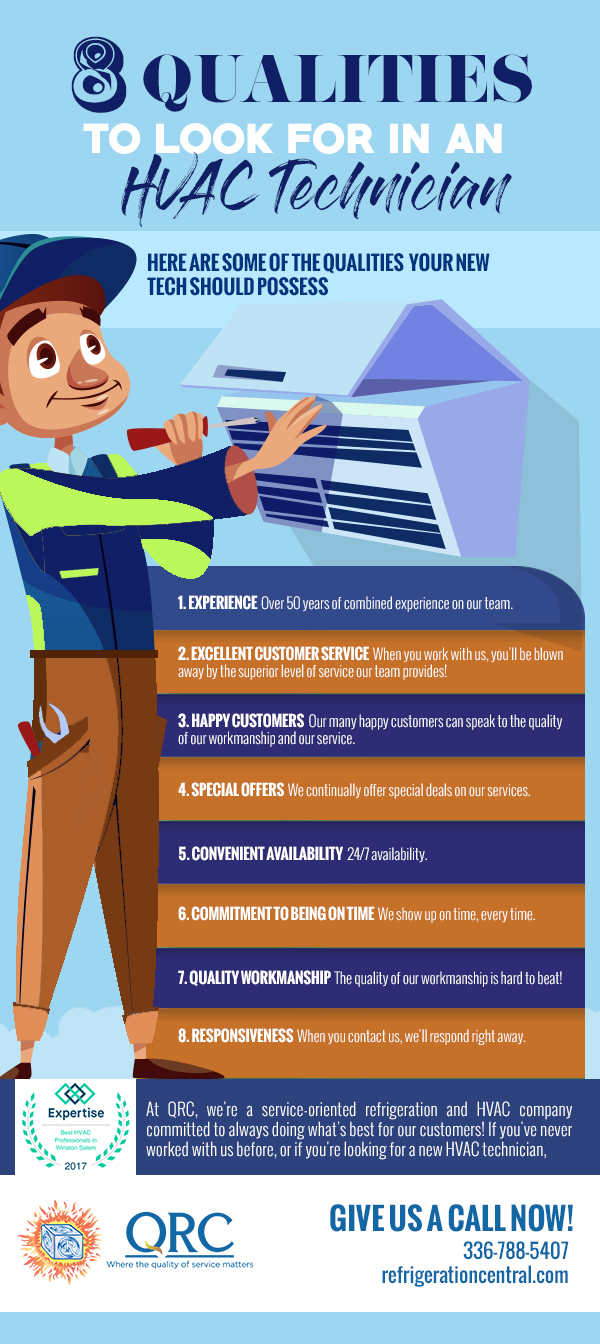Discover The Key Strategies To Boost The Performance And Lifespan Of Your Heat Pump System By Preventing Normal Installation Errors
Discover The Key Strategies To Boost The Performance And Lifespan Of Your Heat Pump System By Preventing Normal Installation Errors
Blog Article
Web Content Writer-Saunders Gillespie
When installing a heatpump, you need to stay away from typical mistakes that could threaten its efficiency. Neglecting efficiently" might result in inefficiencies and greater utility costs. Disregarding insulation and sealing can cause power waste and strain on the device. Additionally, positioning the exterior unit improperly might influence its performance. By avoiding these mistakes, you can ensure ideal working and longevity of your heatpump system.
Improper Sizing of Heatpump
When it pertains to the installation of heat pumps, one of one of the most typical errors is poorly sizing the system for your space. Making sure the best dimension is crucial for optimum performance. If the heatpump is as well tiny, it will battle to warmth or cool your space effectively, resulting in increased energy expenses and prospective damage on the system.
On the other hand, if the heat pump is too huge, it will cycle on and off frequently, creating temperature level fluctuations and decreasing its life expectancy.
To prevent this mistake, it's important to have a professional analyze your area and advise the appropriate size of the heat pump based upon variables like square video footage, insulation, ceiling height, and neighborhood environment. By investing the moment and initiative to make sure the appropriate sizing, you can enjoy a comfortable atmosphere while optimizing power effectiveness and extending the life-span of your heatpump.
Inadequate Insulation and Sealing
To guarantee the reliable operation of your heatpump, it's important to deal with insufficient insulation and sealing in your area. Correct insulation aids maintain a consistent temperature level inside your home, lowering the workload on your heat pump. Insufficient insulation can result in power loss, making your heat pump work harder and much less effectively.
Sealing https://lorenzoaglpu.blogdanica.com/31122284/a-comprehensive-overview-to-choosing-the-appropriate-heatpump-dimension-for-your-home of gaps or leakages in your room is similarly crucial. These spaces permit conditioned air to leave and exterior air to permeate in, requiring your heat pump to compensate for the temperature level fluctuations.
Wrong Positioning of Outdoor Device
Addressing the positioning of your heat pump's exterior unit is vital to enhancing its performance. Setting up the exterior unit in an incorrect place can bring about effectiveness issues and potential damage to the system.
One typical mistake to avoid is positioning the outdoor unit too near to a wall or other frameworks. This can limit air movement, triggering the unit to work more difficult to warmth or cool your area, eventually lowering its effectiveness and life-span.
Another mistake to steer clear of is placing the exterior unit in direct sunlight. While some sunshine is inescapable, excessive direct exposure can lead to overheating, specifically during warm summertime days. It's best to position the exterior unit in a shaded location to assist keep its ideal operating temperature level.
Additionally, ensure that https://emergency-gutter-cleaning51616.tusblogos.com/31217635/furnish-yourself-to-make-experienced-choices-about-heat-pump-repair-services-by-asking-critical-concerns-that-can-conserve-your-time-cash-and-minimize-anxiety-explore-this-guide-for-understandings is placed on a secure and level surface area. Unequal ground can trigger vibrations and unnecessary stress on the device, affecting its performance with time.
Conclusion
Finally, avoiding usual blunders throughout heatpump installation is essential for making the most of performance and durability of your system. By guaranteeing correct sizing, ample insulation, sealing, and right placement of the outside unit, you can prevent issues such as inefficiencies, increased power bills, and strain on the device. Making the effort to resolve these vital elements will ultimately conserve you time and money over time.
